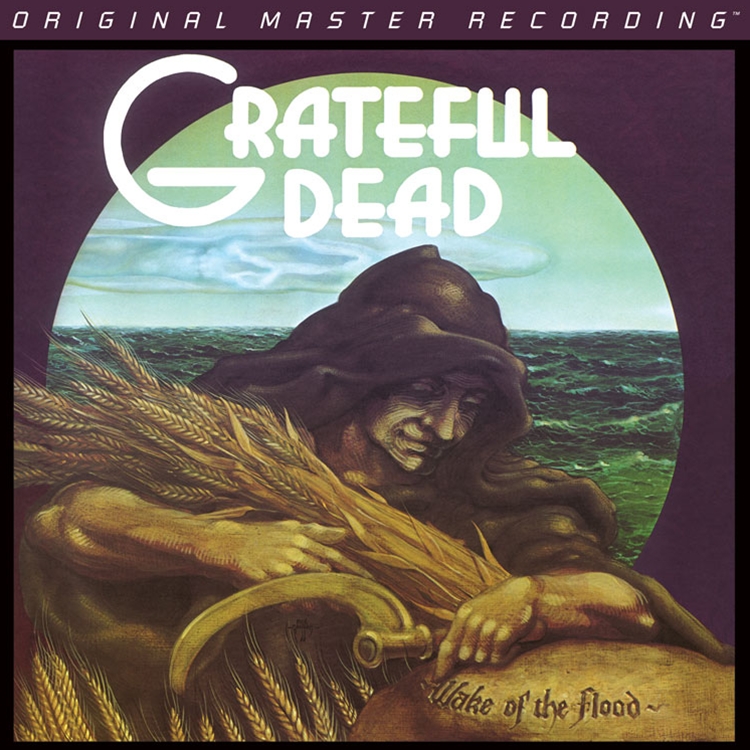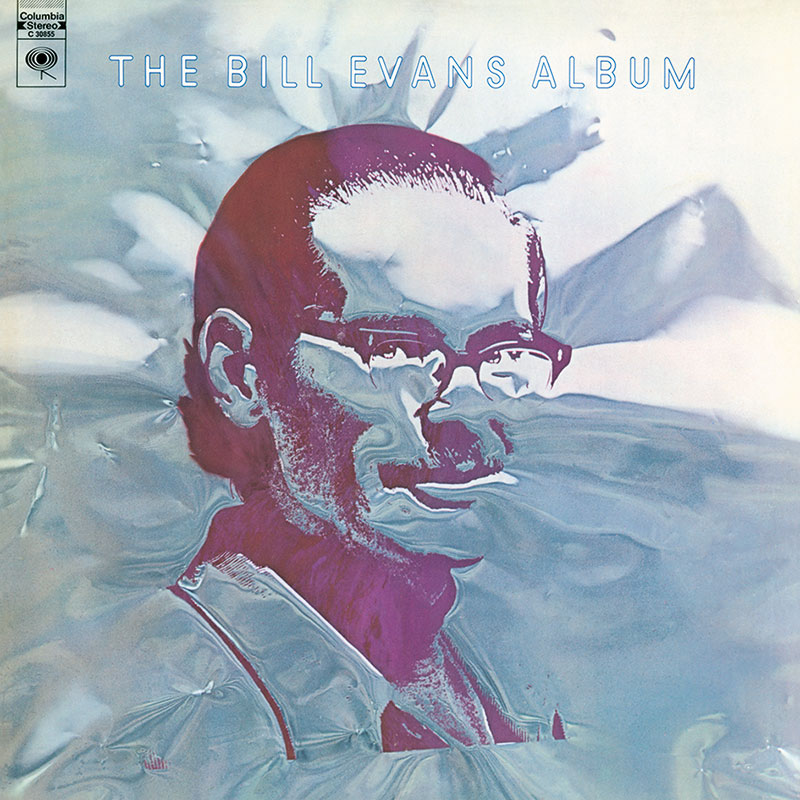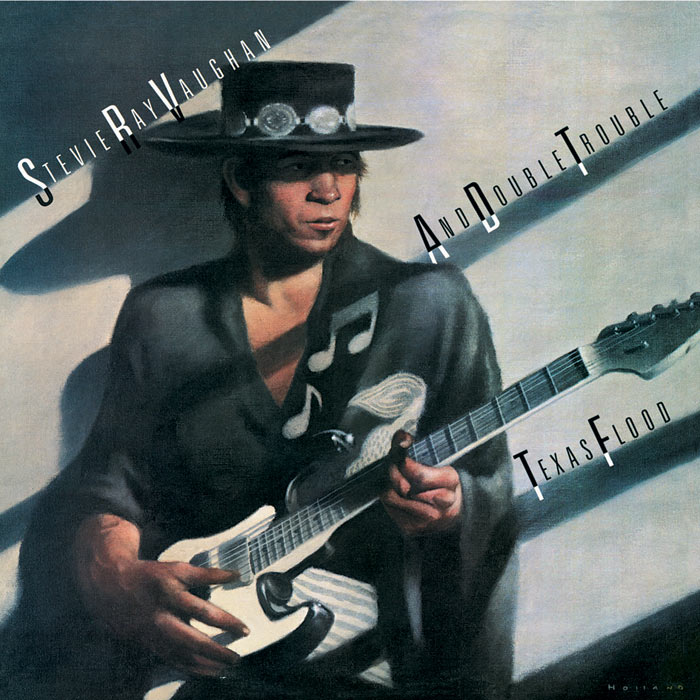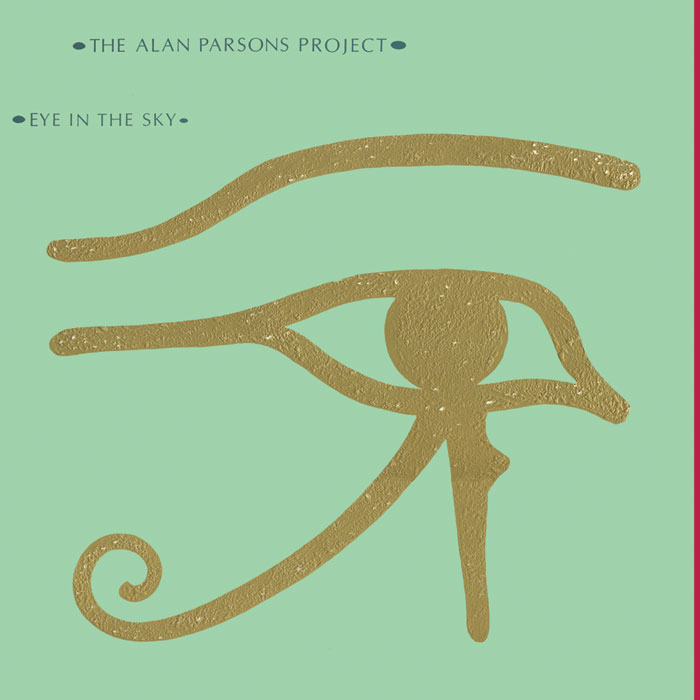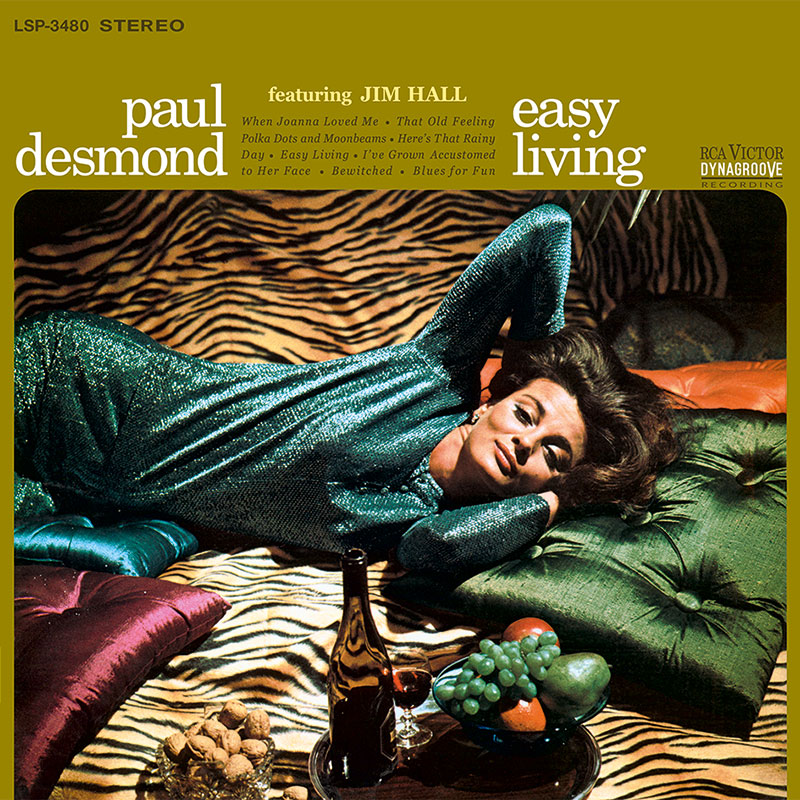Logowanie
Mikołaj - ten to ma gest!
Miles Davis, Horace Silver, Jay Jay Johnson, Percy Heath, Kenny Clarke, Lucky Thompson
Walkin'
20bit K2Super Coding - ale jak to brzmi!
Kasety magnetofonowe
Winylowy niezbędnik
ClearAudio
Double Matrix Professional - Sonic
najbardziej inteligentna i skuteczna pralka do płyt winylowych wszelkiego typu - całkowicie automatyczna
Grateful Dead
Wake of the flood
- Grateful Dead - group
Here Comes Sunshine: 1973 Set Launches Dawning of New Era, Revamped Lineup Half-Speed Mastered from the Original Master Tapes: Larger-Scale Arrangements, Brass Accents, Woodwind Passages Emerge Like Never Before—Tremendous Sound Album Presents the Dead in All Its Incarnations: Country-Rock Merry Makers, Gospel-Sent Balladeers, Folk-Rock Storytellers, Psychedelic Innovators. For the Grateful Dead, Wake of the Flood ushered in an exciting new era of change and potential. The band elected to depart Warner Bros. and start its own record label. A new lineup emerged after keyboardist/vocalist Ron “Pigpen” McKernan passed away and the group landed jazz-schooled pianist Keith Godchaux and his wife, Donna, who gave the ensemble a new option in the form of a dedicated backing vocalist. Having road-tested a batch of new originals, the collective eagerly sought to expand its broad musical palette in the form of a large-scale studio LP that involves horn sections, violin, and choral figures. Diverse, unique, and mellow, 1973’s Wake of the Flood overflows with the luminous vision, stellar songwriting, and ensemble reciprocity made possible by its historical circumstances and inspired creators. Half-speed mastered from the original master tapes and part of the label’s unprecedented Grateful Dead reissue series, Mobile Fidelity’s numbered limited edition 180g LP of Wake of the Flood presents the Dead’s family-styled blend in supreme fidelity. More than any other Dead studio effort, Wake of the Flood utilizes the myriad alternatives offered by the studio setting. Recording to 24-track, the group invited no fewer than six horn players to the fray, with saxophones, trumpets, and trombones synching up with the six-piece band on two songs. In addition, virtuoso violinist Vassar Clements makes a guest appearance and Texas legend Doug Sahm lays down 12-string guitar, contributing to an amalgamation that’s nothing short of epic in ambition—and, in the case of the thematic “Weather Report Suite,” epic in length. Mobile Fidelity’s engineers recognize how beloved this iconic effort is to so many people. Approaching the mastering process with the same type of focus, perception, and foresight that the Dead bring to the compositions, their painstaking work reveals previously obscured details, timbres, movements, and sounds that greatly add to Wake of the Flood. You can hear and sense it in terms of the LP’s poetic sensibility, arching scope, mythological illusion, and emotional impact, all as natural as the rustic images portrayed on the album’s artwork. Bass fanatics, take note: During the sessions, Phil Lesh was in the midst of utilizing an Alembic “Quad” bass equipped with four pickups to allow each string to be recorded individually, or, one per track. The oceanfloor-deep bass frequencies on this pressing will loosen anything not properly tethered in your room. Jerry Garcia, too, debuts a new Alembic-produced guitar on the album; his rich tonalities swim in the currents of every song here. And every tune here is first-rate, good ol’ Grateful Dead. Two separate albeit symbiotically related songwriting teams—Garcia/Hunter and Weir/Barlow—guide excursions into forget-all-your-troubles country-rock (“Mississippi Half-Step Uptown Toodeloo”), spirit-boosting funk-cum-psychedelia (“Eyes of the World”), mournfully bracing blues balladry (“Stella Blue), and reassuring folk-rock (“Here Comes Sunshine”). Akin to the album’s overall mood, the latter track progressively unfolds, each passage blooming with additional optimism, fortitude, and purpose. Similarly, the lyrical clouds and thunder ultimately pass on Weir’s beautifully complex and terrifically executed three-part “Weather Report Suite,” a team effort that represents one of the rare occasions of the Dead pairing with a horn section. A live favorite for many years, the tune never possessed onstage the atmosphere-filling soundscapes and theme-enhancing instrumental elements that it does here. Is there a better way to conclude a masterpiece that subconsciously reflects dawning of a new era and the indefatigable hope that comes with it? Doubtful.






























